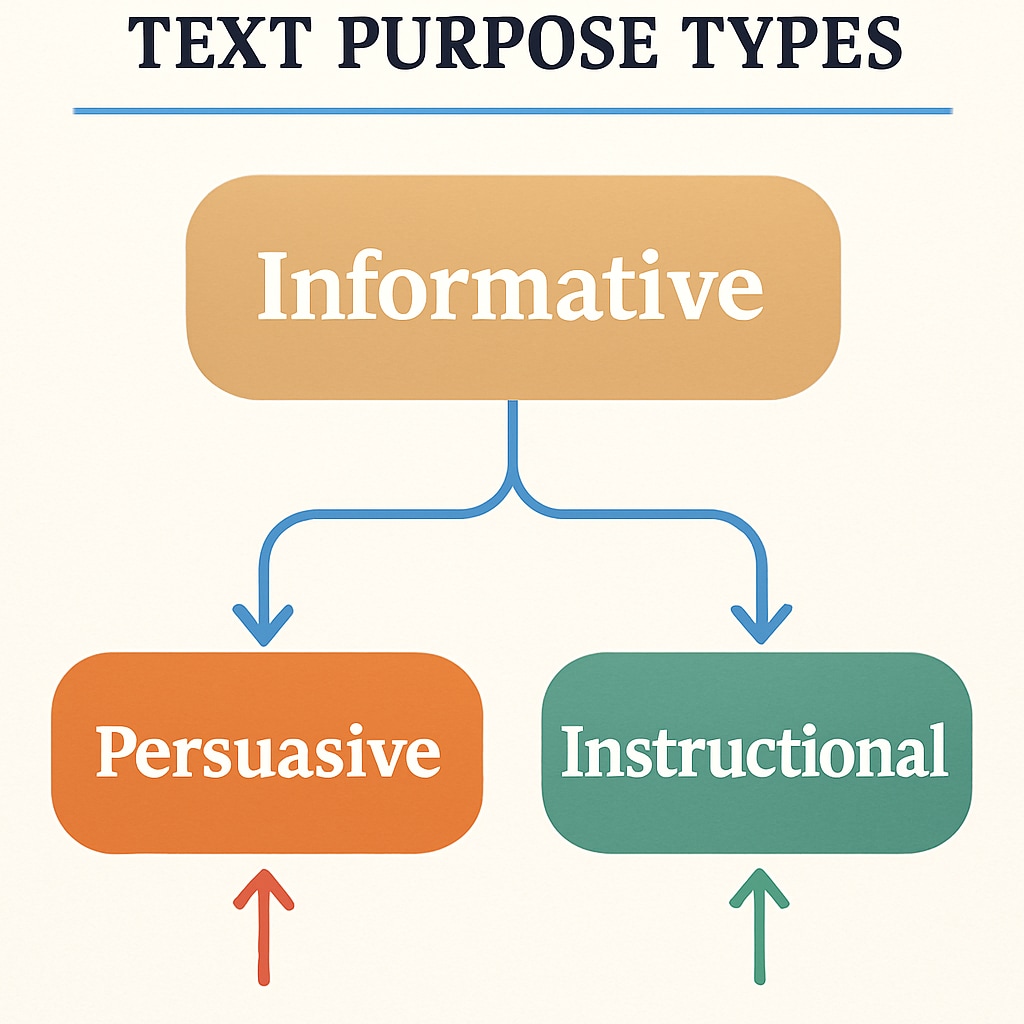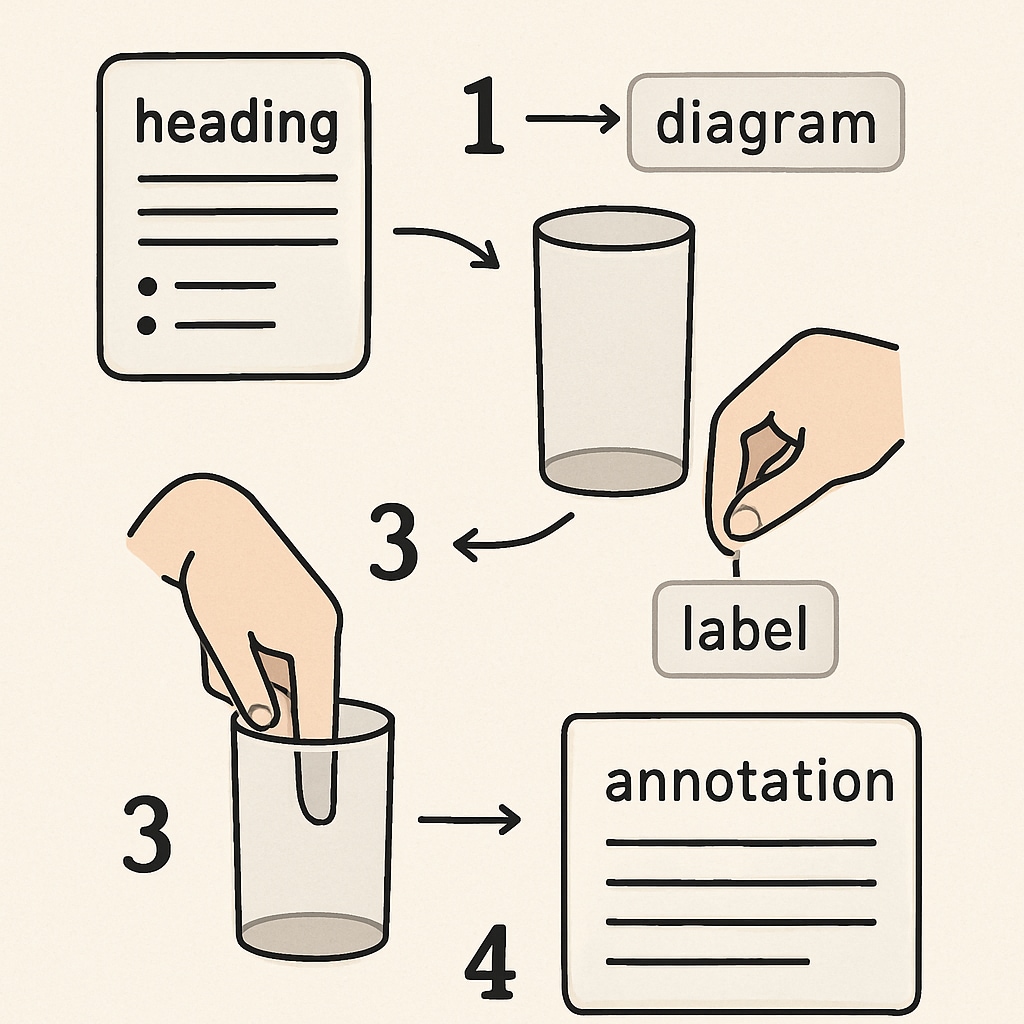Functional English reading tests challenge students to understand and interpret texts with specific purposes. Identifying text purpose types is a key skill that helps students improve comprehension and excel in exams. This article dives into the three major text purpose types—informative, persuasive, and instructional—providing clear characteristics, practical tips, and strategies for accurate identification.
Understanding Text Purpose: The Foundation of Functional Reading
Every text has an underlying purpose, and recognizing this intent is crucial for effective reading comprehension. In functional English tests, texts are typically designed to inform, persuade, or instruct. By grasping the differences between these purpose types, students can approach reading tasks more strategically.
- Informative Texts: These aim to provide facts, data, or explanations. Examples include news articles, reports, and factual essays.
- Persuasive Texts: Designed to influence opinions or encourage actions, these include advertisements, opinion pieces, and speeches.
- Instructional Texts: These guide readers on how to complete tasks or processes, such as manuals, recipes, or step-by-step guides.

Key Features of Each Text Purpose Type
To identify a text’s purpose accurately, students need to recognize specific features that define each type:
Informative Texts
Informative texts prioritize clarity and factual accuracy. They often include statistics, charts, or references to credible sources. For example, a science article might explain climate change using data from studies and expert quotes.
Tip: Look for neutral language and objective presentation of facts. Sentences often start with phrases like “According to research” or “Studies show.”
Persuasive Texts
Persuasive texts use emotional appeals, strong arguments, and sometimes rhetorical questions. Their goal is to convince the reader. Common indicators include adjectives that evoke feelings and phrases like “You must consider” or “It’s vital to act now.”
Tip: Pay attention to the tone—if it feels motivational or argumentative, the text is likely persuasive.
Instructional Texts
Instructional texts are action-oriented and structured for easy navigation. They often include numbered steps or bullet points. For example, a cooking recipe might list ingredients followed by step-by-step instructions.
Tip: Look for direct, imperative sentences like “Mix the ingredients” or “Click the button.”

Strategies for Identifying Text Purpose in Exams
Functional reading tests often include questions asking students to determine the purpose of a given text. Here are practical strategies to ensure success:
- Analyze the Title and Headings: Titles often hint at the text’s intent. For example, “How to Build a Birdhouse” suggests an instructional purpose.
- Examine the Tone and Language: Neutral, factual language points to informative texts, while persuasive texts use emotional or motivational language.
- Focus on Structure: Instructional texts are typically organized with clear steps or sections, while persuasive texts may present arguments in paragraphs.
- Look for Call-to-Action Phrases: Persuasive texts often include phrases like “Join us now!” or “Take action today!”
Why Mastering Text Purpose Matters
Understanding text purpose is not just a test-taking skill—it’s an essential life skill. Whether reading instructions for assembling furniture or analyzing persuasive arguments in political speeches, this ability allows individuals to interact effectively with written material in daily life.
By practicing with diverse texts and applying the strategies outlined here, students can develop confidence in their reading comprehension and enhance their performance in functional English exams.
As a result, mastering text purpose helps students unlock their full potential, both academically and beyond.
For further reading: Explore more about reading comprehension on Wikipedia and functional skills on Britannica.


